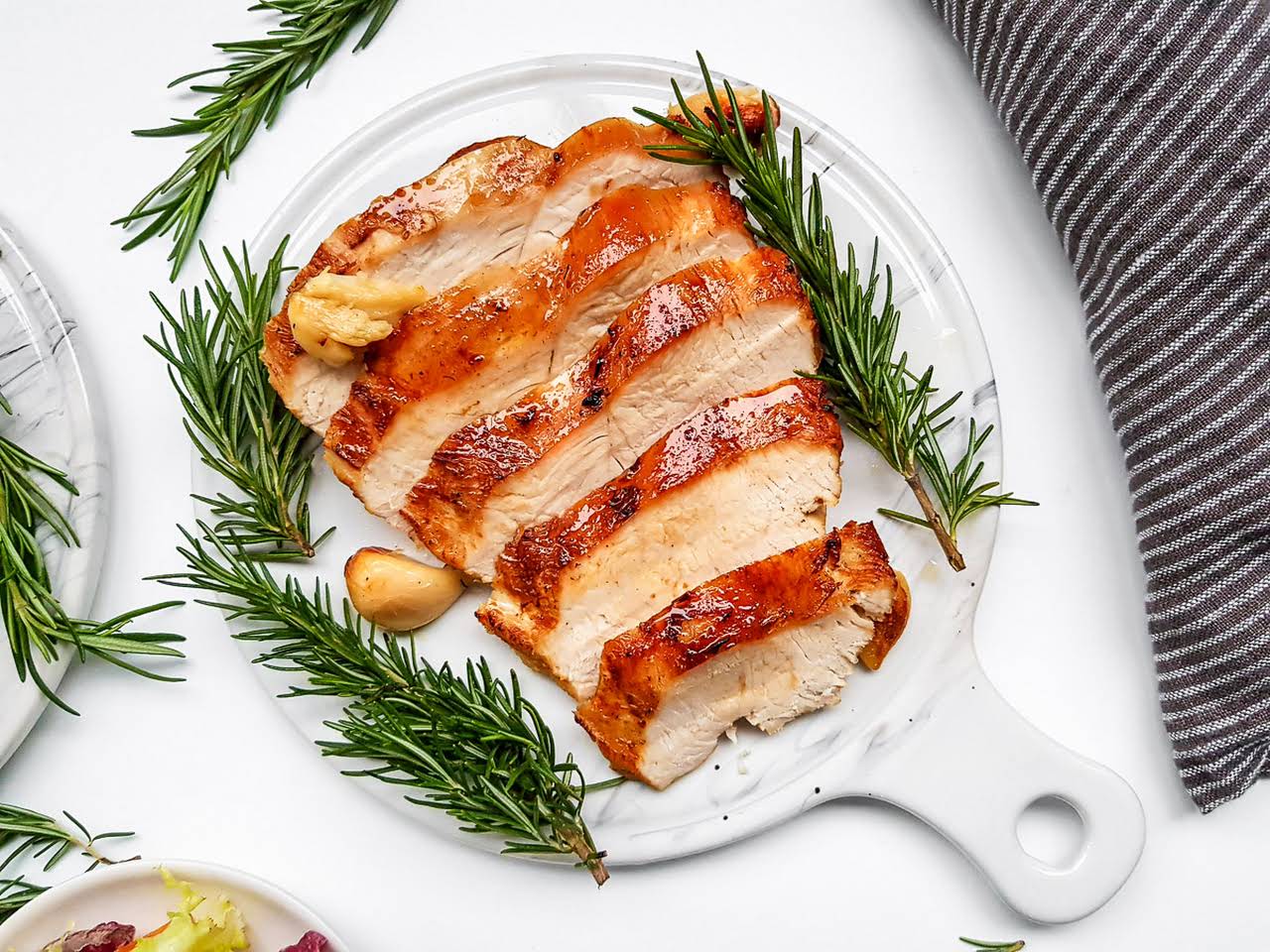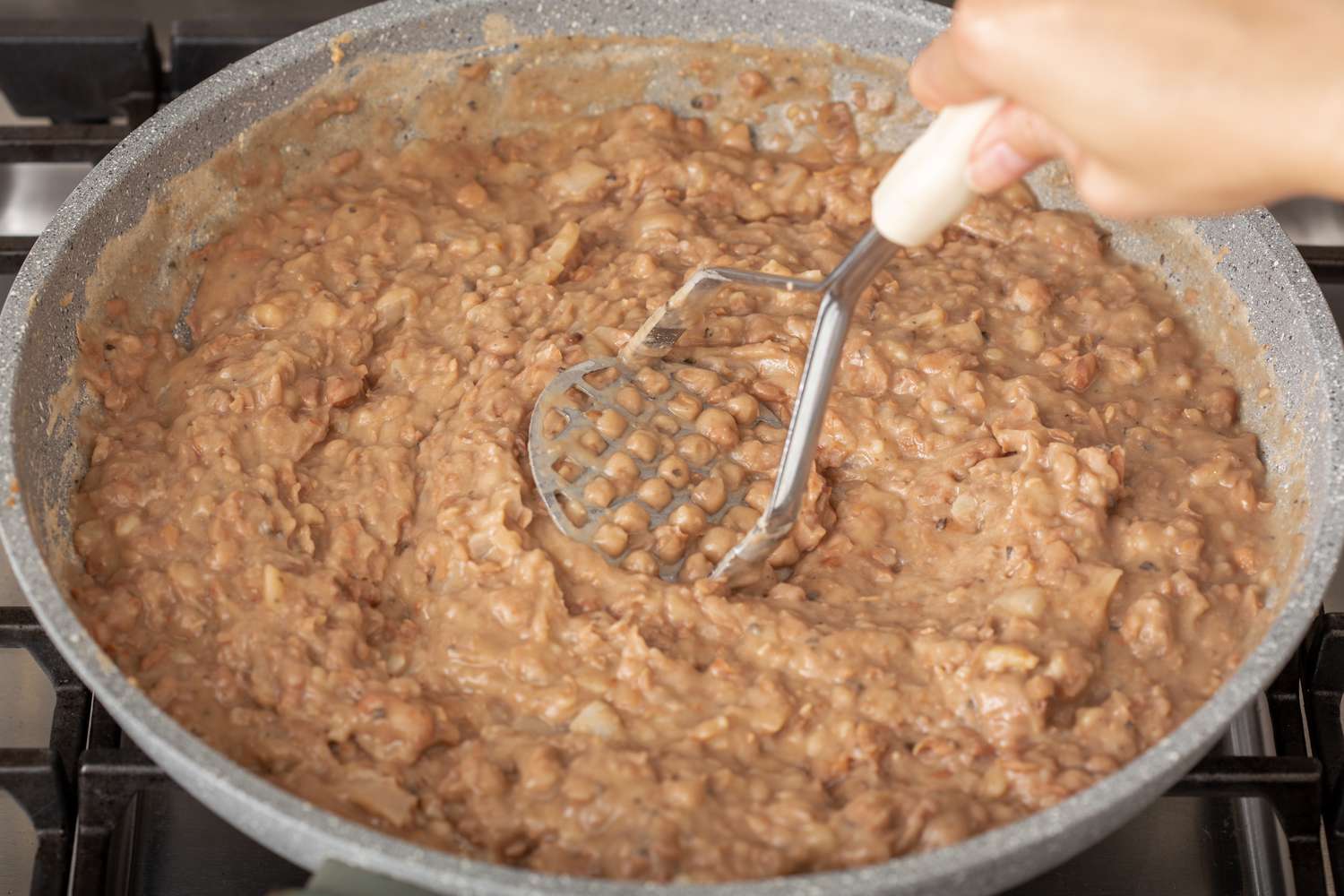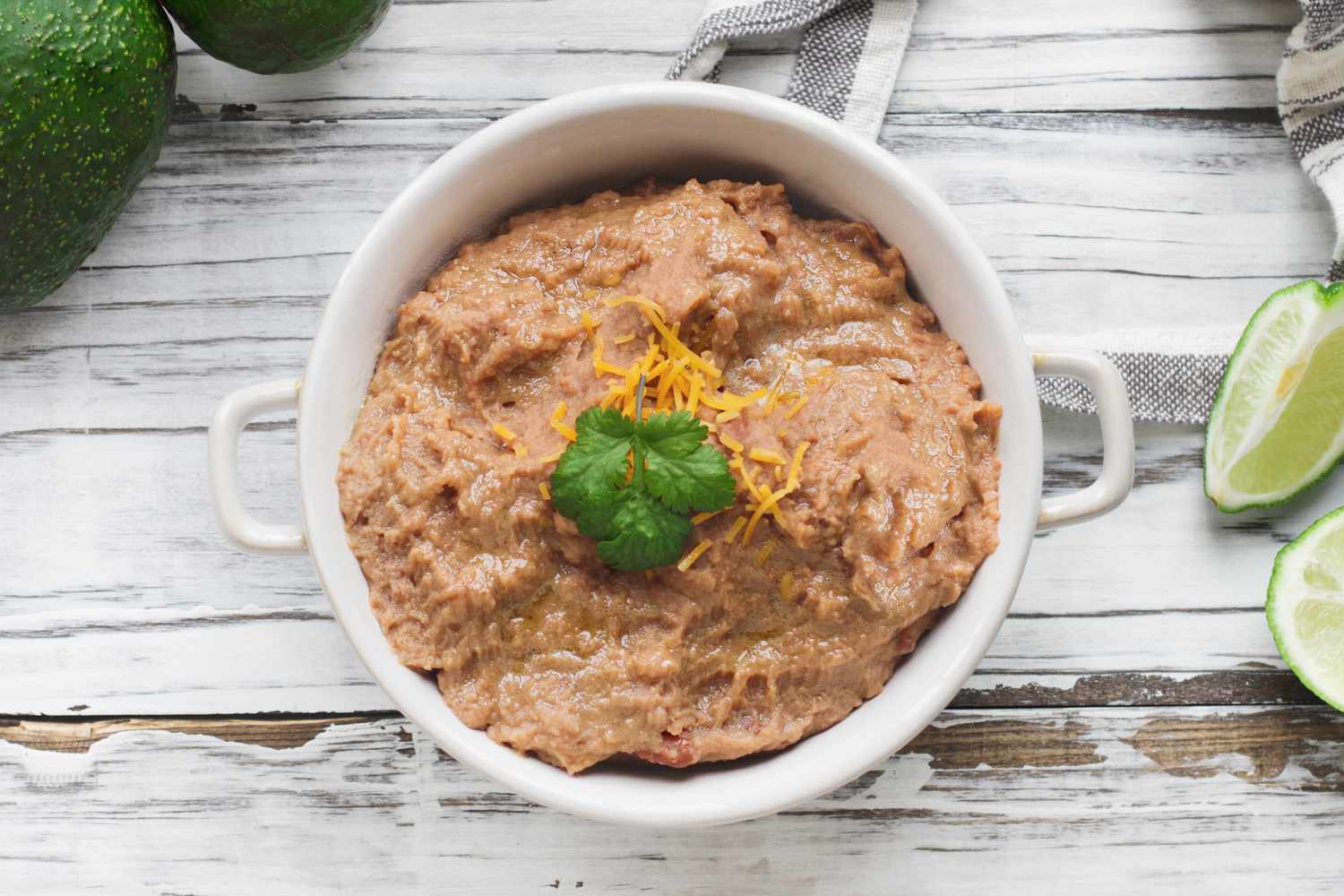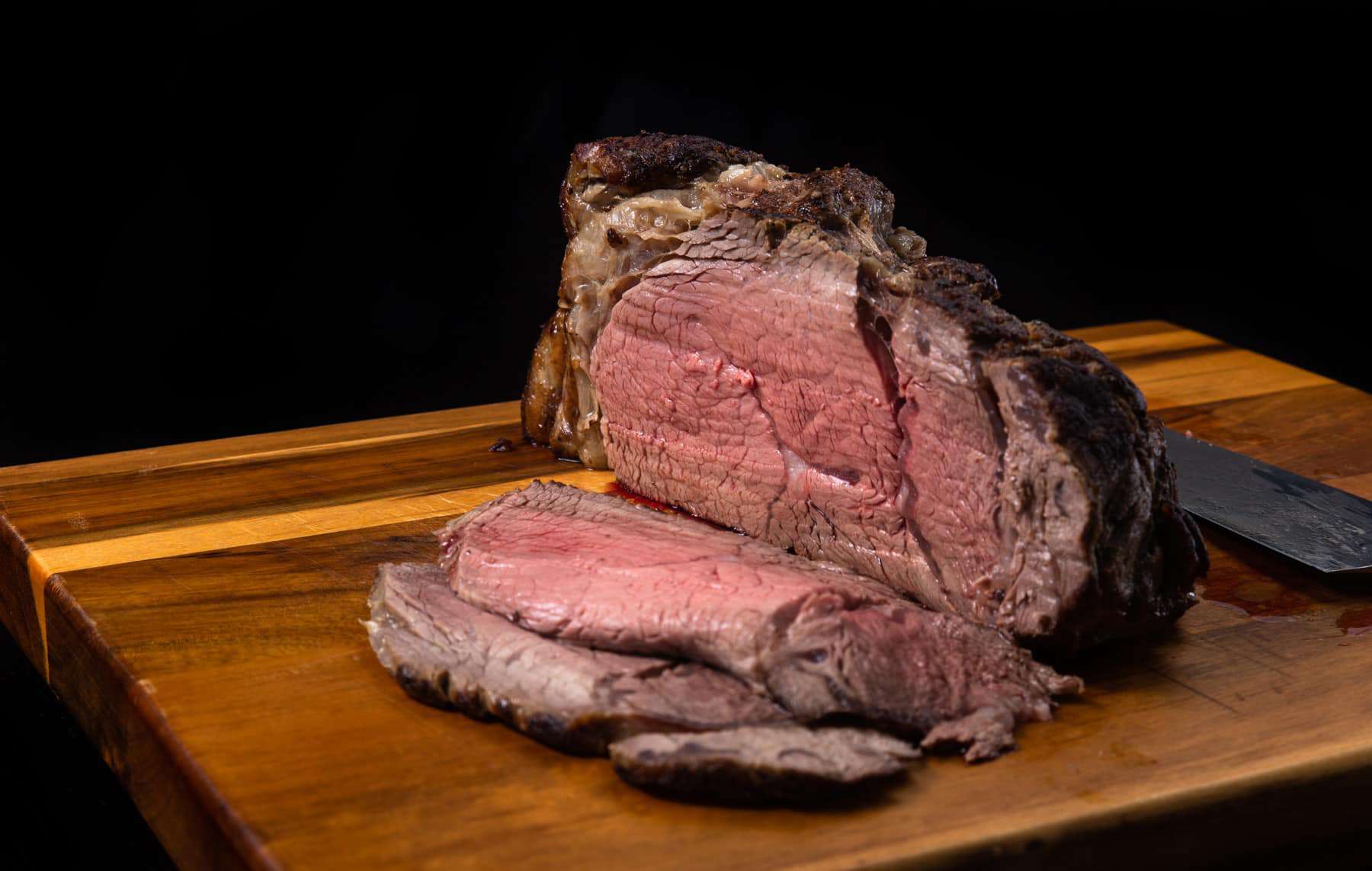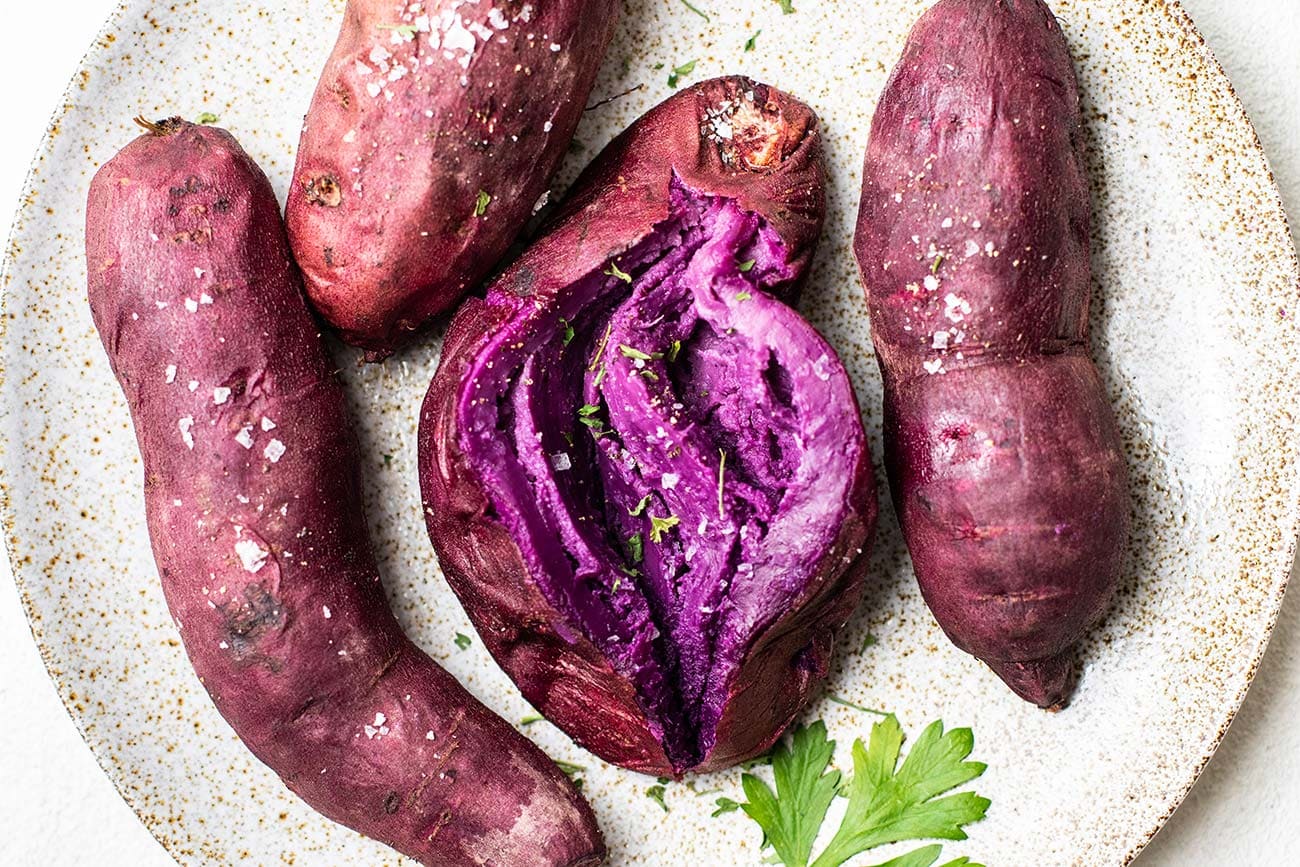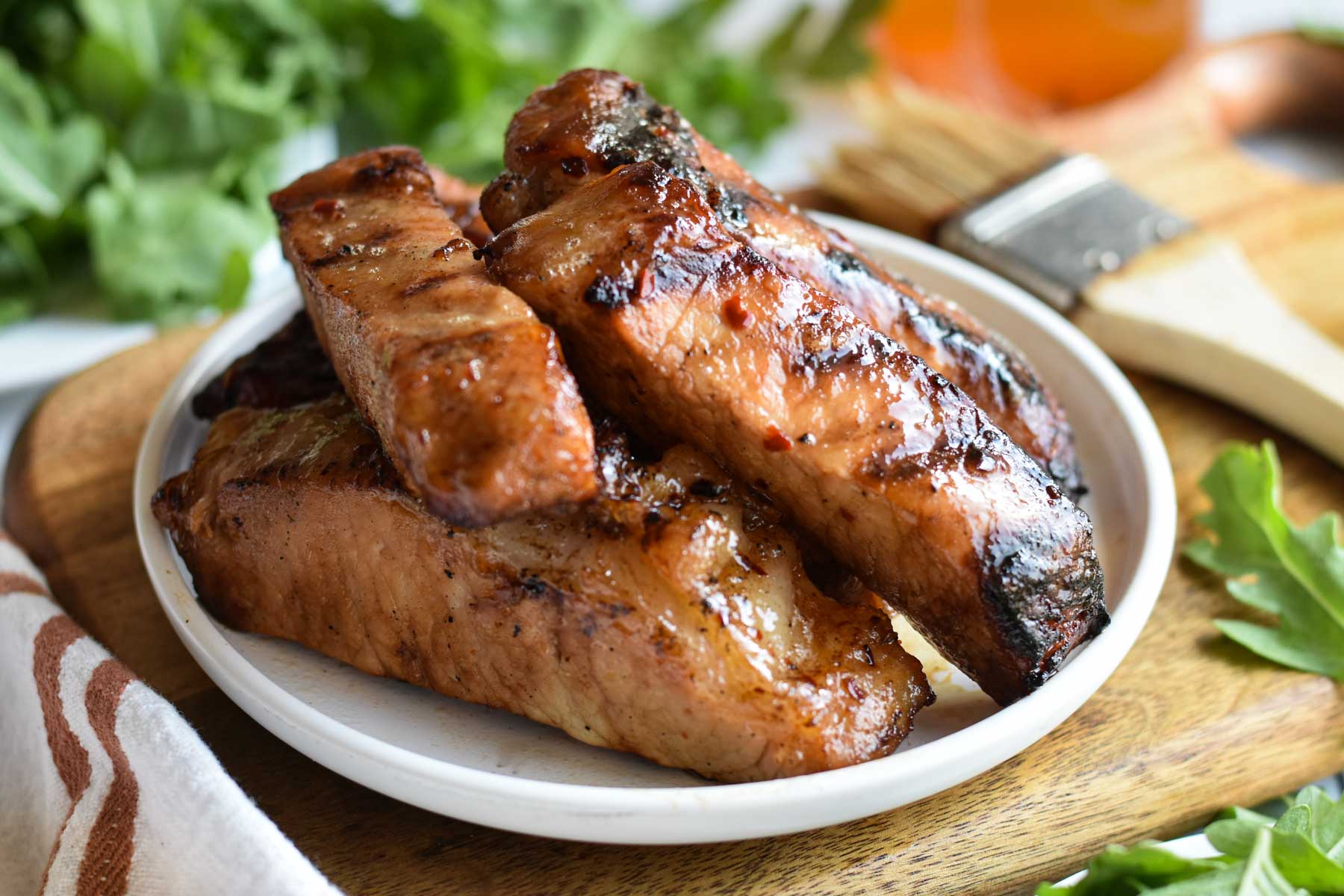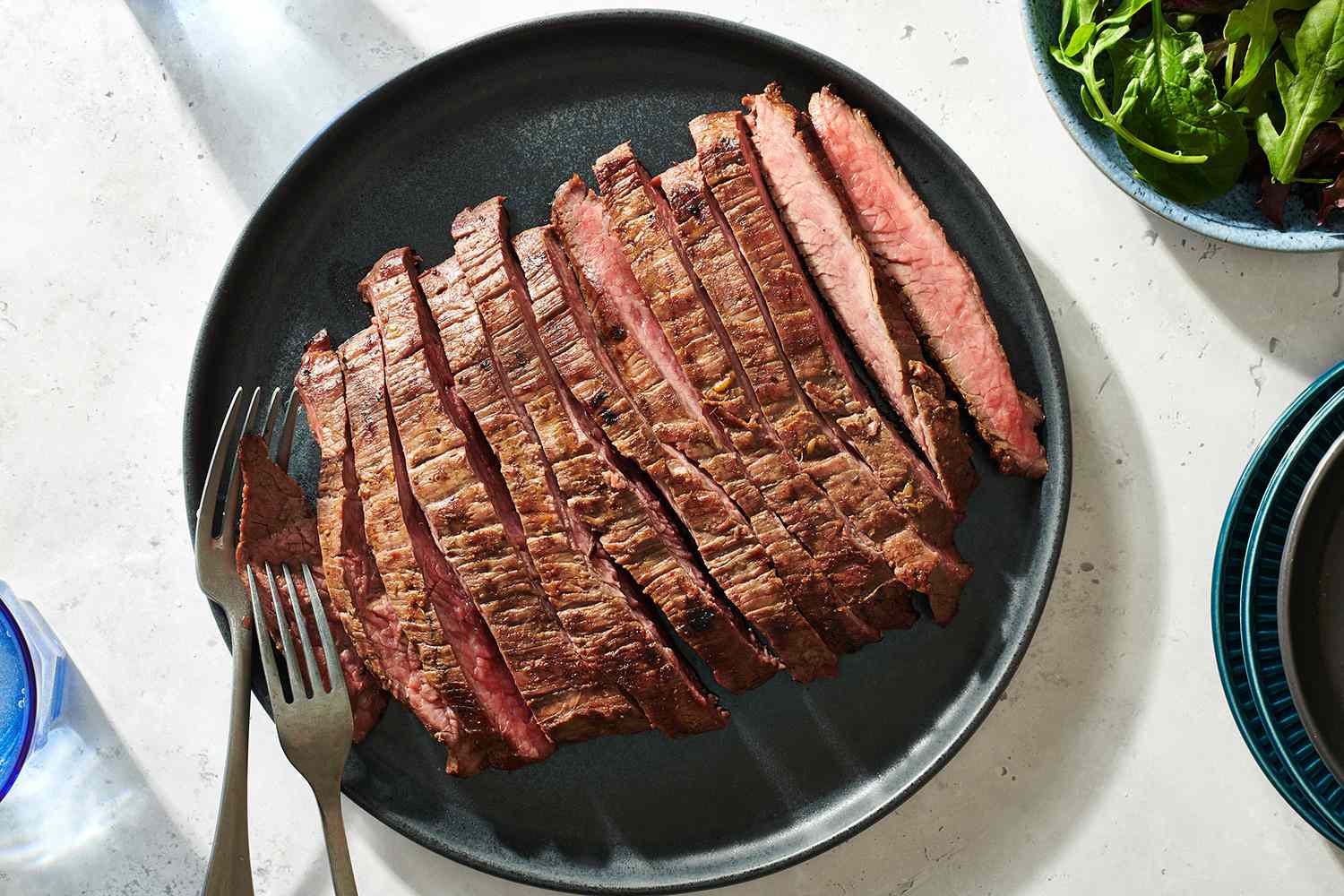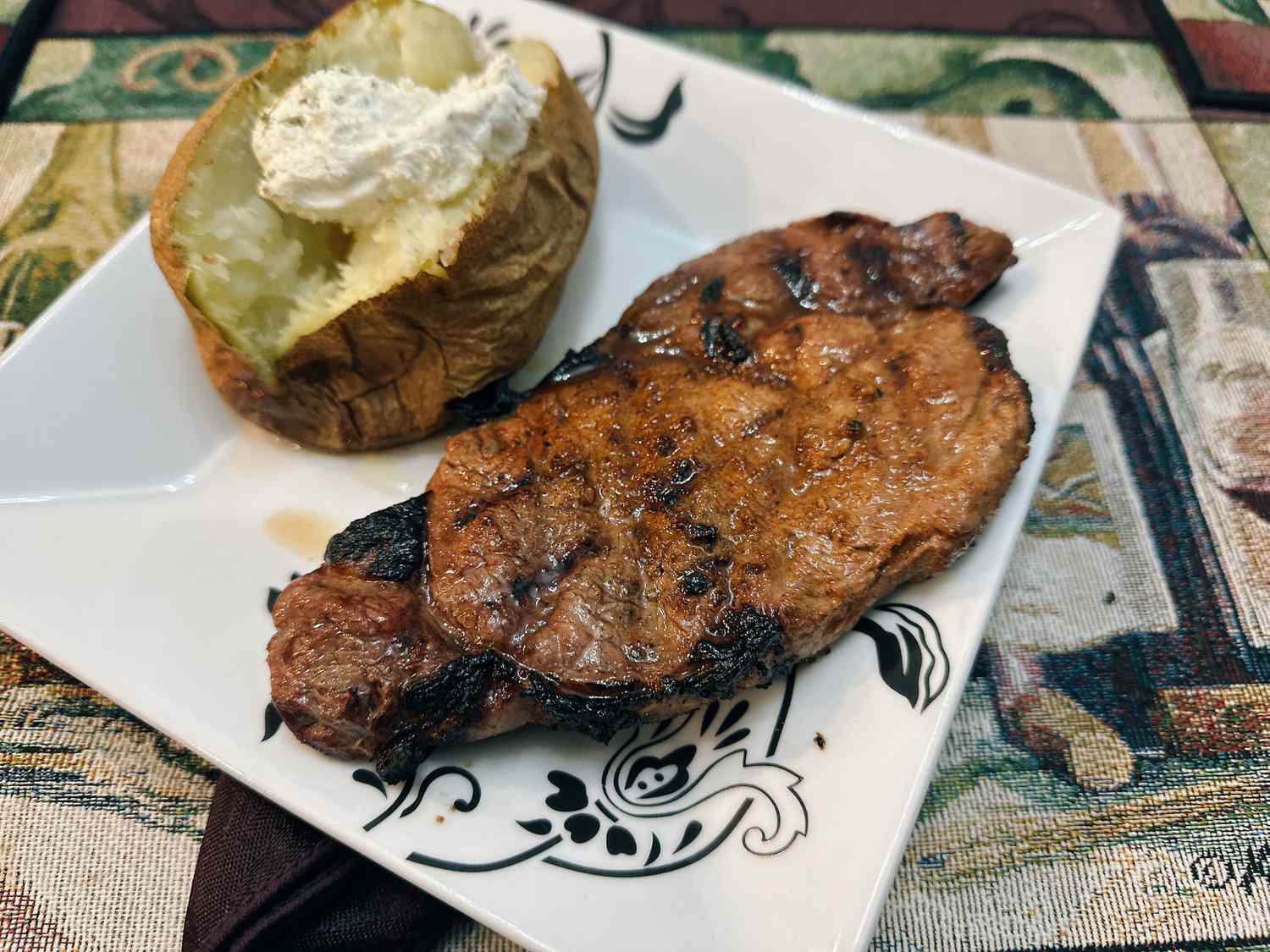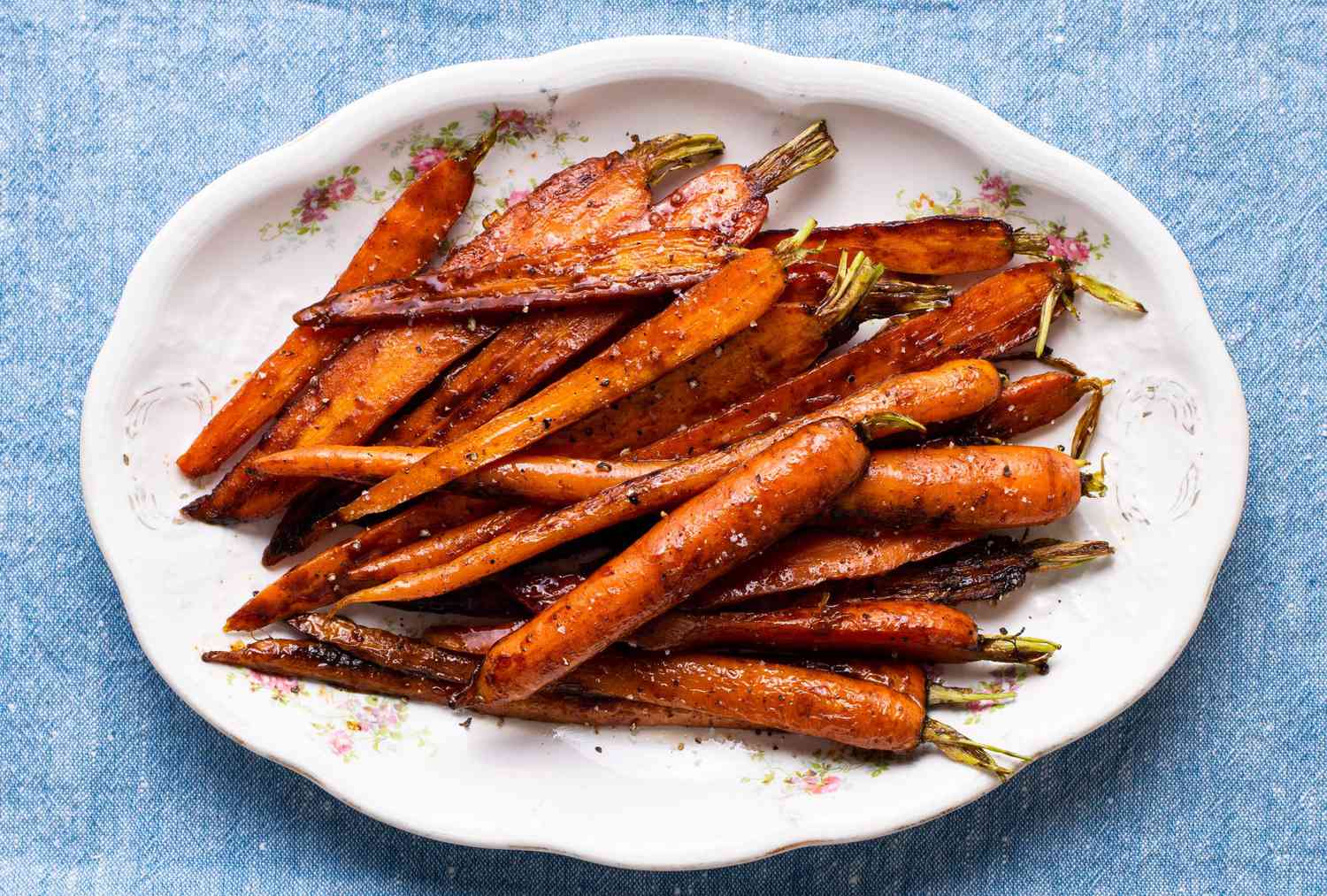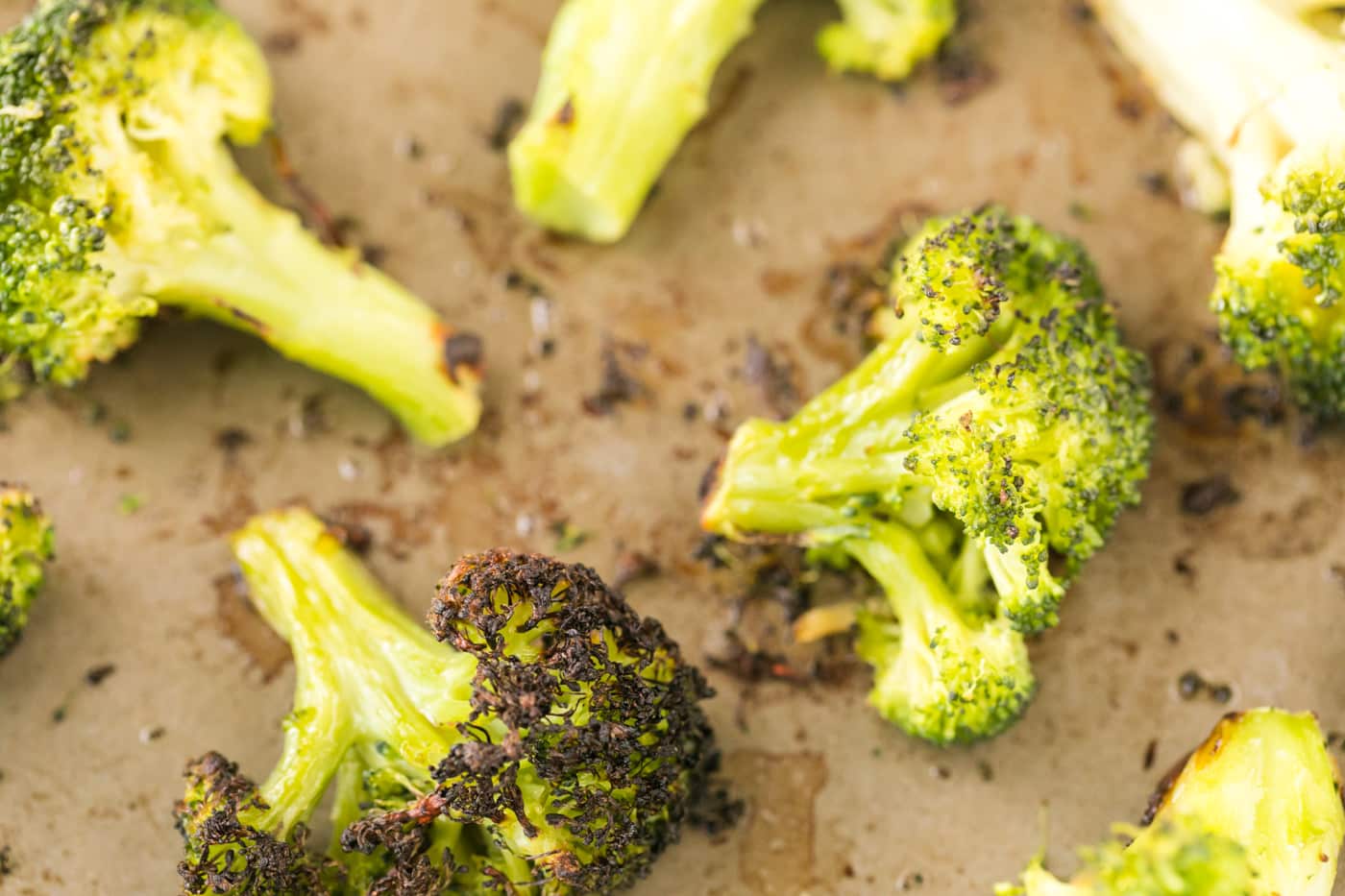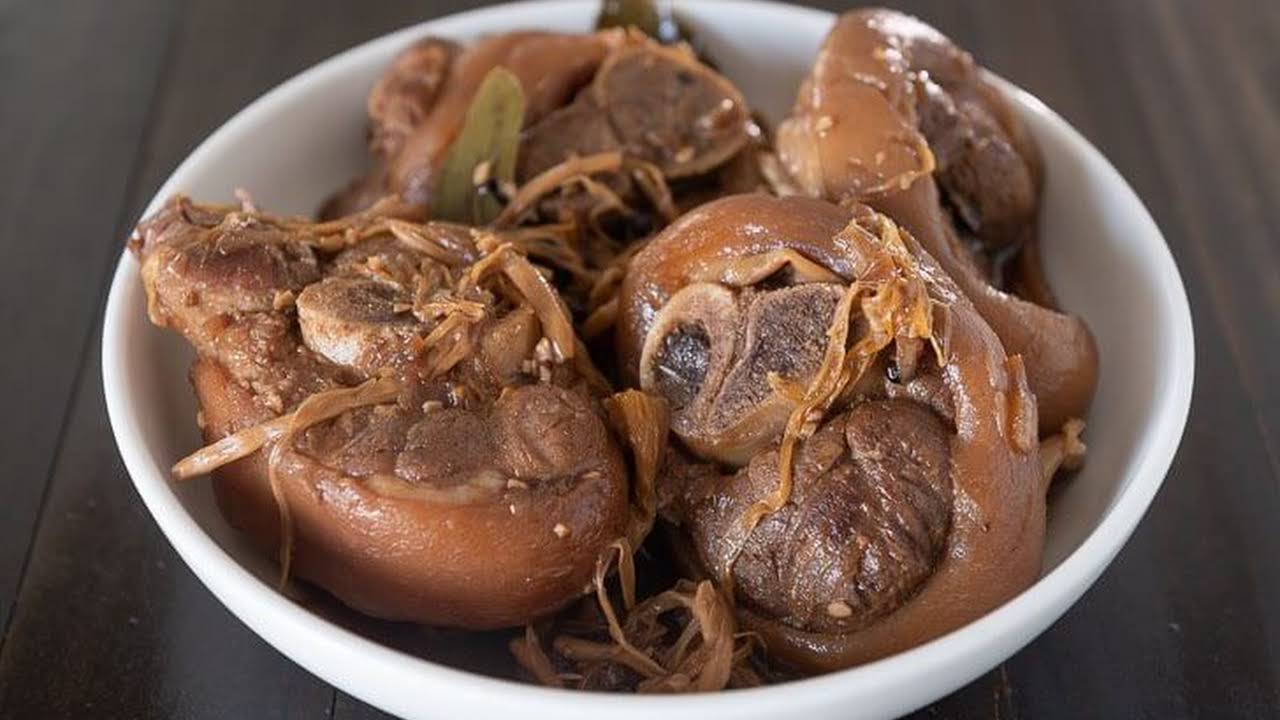Mastering the Art of Cooking a Succulent Shoulder Roast
When it comes to comfort food, few things are as satisfying as a perfectly cooked shoulder roast. The tender meat, rich flavors, and melt-in-your-mouth texture make it an ideal centerpiece for a hearty and delicious meal. However, achieving that level of perfection can be a daunting task. But fear not! In this guide, we will take you through the steps to cook a tender shoulder roast that will leave your taste buds begging for more.
Choosing the Perfect Cut
The first step in creating an exceptional shoulder roast is selecting the right cut of meat. Look for a well-marbled piece with good fat distribution as this will ensure tenderness and flavor. The most common cuts for a shoulder roast are the chuck and the blade. These cuts are known for their rich flavor and are often chosen for their tenderness.
Prepping the Meat
Before you begin cooking, it’s essential to prep the shoulder roast properly. Here’s how:
- Remove the roast from the refrigerator and let it sit at room temperature for about 30 minutes. This allows for more even cooking.
- Season the meat generously with kosher salt and freshly ground black pepper. You can also add herbs and spices like rosemary, thyme, or garlic powder for extra flavor.
- If time allows, consider marinating the shoulder roast overnight. A simple marinade of olive oil, soy sauce, and Worcestershire sauce can work wonders in enhancing the taste and tenderness of the meat.
The Cooking Process
Now that your shoulder roast is prepped and ready, it’s time to dive into the cooking process. Here are a few different methods you can try:
1. Slow Roasting
Slow roasting is a classic method that allows the meat to become tender and juicy. Follow these steps:
- Preheat your oven to 275°F (135°C).
- Place the roast on a rack in a roasting pan, fat side up.
- Cook for about 3-4 hours, or until the internal temperature reaches 145°F (63°C) for medium-rare or 160°F (71°C) for medium.
- Let the roast rest for 15-20 minutes before slicing, to allow the juices to redistribute and ensure maximum tenderness.
2. Braising
Braising is another fantastic method that results in a tender and succulent shoulder roast with flavorful pan juices. Here’s how:
- Preheat your oven to 325°F (165°C).
- Heat a large, oven-safe pot or Dutch oven over medium-high heat.
- Pat the roast dry with paper towels and sear it on all sides until browned.
- Add aromatic vegetables like onions, carrots, and celery to the pot, along with herbs and spices of your choice.
- Pour in enough liquid, such as beef broth or red wine, to cover about one-third of the roast.
- Cover the pot and transfer it to the preheated oven.
- Cook for approximately 2.5 to 3 hours, or until the meat is fork-tender.
Serving Suggestions
Now that you have successfully cooked a tender shoulder roast, it’s time to serve it up in style. Here are a few serving suggestions to take your meal to the next level:
- Pair your roast with classic side dishes like mashed potatoes, roasted vegetables, or creamy coleslaw.
- Top the meat with a rich gravy made from the pan juices for an extra burst of flavor.
- Consider serving the roast with a homemade horseradish or mustard sauce for a tangy kick.
- Don’t forget to carve the roast against the grain to maximize tenderness.
Now, armed with this knowledge, you are ready to embark on your journey to cook the perfect shoulder roast. Whether you choose to slow roast or braise, the result will be a tender and delicious masterpiece that will impress your family and friends. So, roll up your sleeves, embrace your inner chef, and get ready to create a culinary experience that will leave everyone asking for seconds!
Was this page helpful?
Read Next: How To Cook An Artichoke In An Instant Pot
